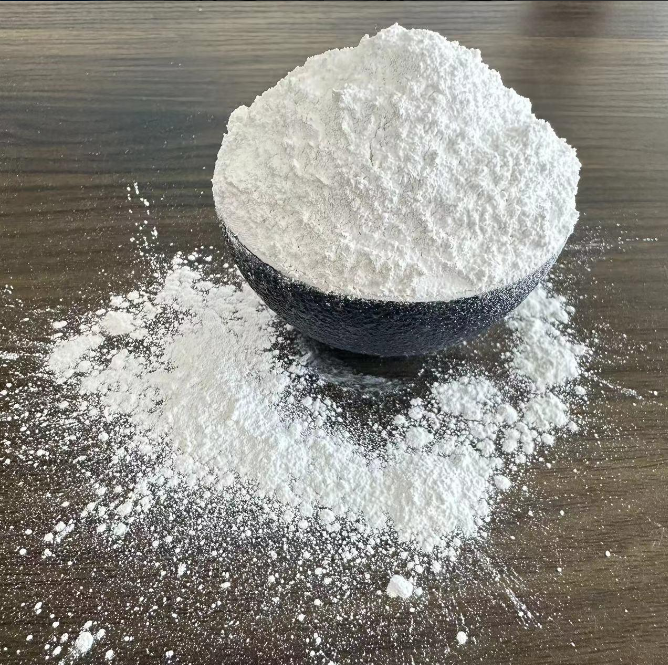
During the plasticization process, calcium zinc stabilizers have a high electronegativity, and the acute nodes of PVC resin have a certain affinity, forming strong bond energy complexes.
Calcium zinc stabilizers can be divided into solid calcium zinc stabilizers and liquid calcium zinc stabilizers
Liquid calcium zinc stabilizer is compatible with resins and plasticizers, with good transparency, low precipitation, low dosage, and easy use. The main disadvantages are poor lubricity and deterioration during long-term storage.
Solid calcium zinc stabilizers are mainly composed of stearic acid soap. The product is characterized by good lubricity and is suitable for processing hard PVC pipes and profiles
Products processed using microemulsification technology overcome the aforementioned drawbacks. Focus on improving from two aspects: changing the initial coloring, using sufficient amount of zinc soap, and using a composite agent to render zinc chloride harmless, which becomes a high zinc complex; Reducing the amount of zinc soap to prevent the combustion of zinc and changing the initial coloring with additives is known as low zinc blending. It is not only widely used in soft products, but also in the processing of hard products.
Calcium zinc stabilizers, due to their high electronegativity, have a certain affinity for the acute nodes of PVC resin during the plasticization process, forming strong bond energy complexes that weaken or solve the attraction of ion bonds in various layers of PVC. This makes the interlocking segments of PVC easy to diffuse, and the molecular groups are prone to small boundaries, which is beneficial for the plasticization of PVC resin. Causing a sharp increase in melt pressure, melting
The body viscosity decreases, the temperature increases, and the plasticizing temperature decreases.
In addition, as traditional PVC processing equipment is designed for processing using lead salt stabilizers, even with sufficient lubricant added, it cannot prevent the resin from further plasticizing in sufficient time, disrupting the original lubrication balance. In the later stage of use, PVC melt consumes a large amount of heat stabilizer in the homogenization stage, but at the same time cannot achieve the ideal viscosity and elasticity to meet the production needs of hard PVC.
Post time: Sep-02-2024




